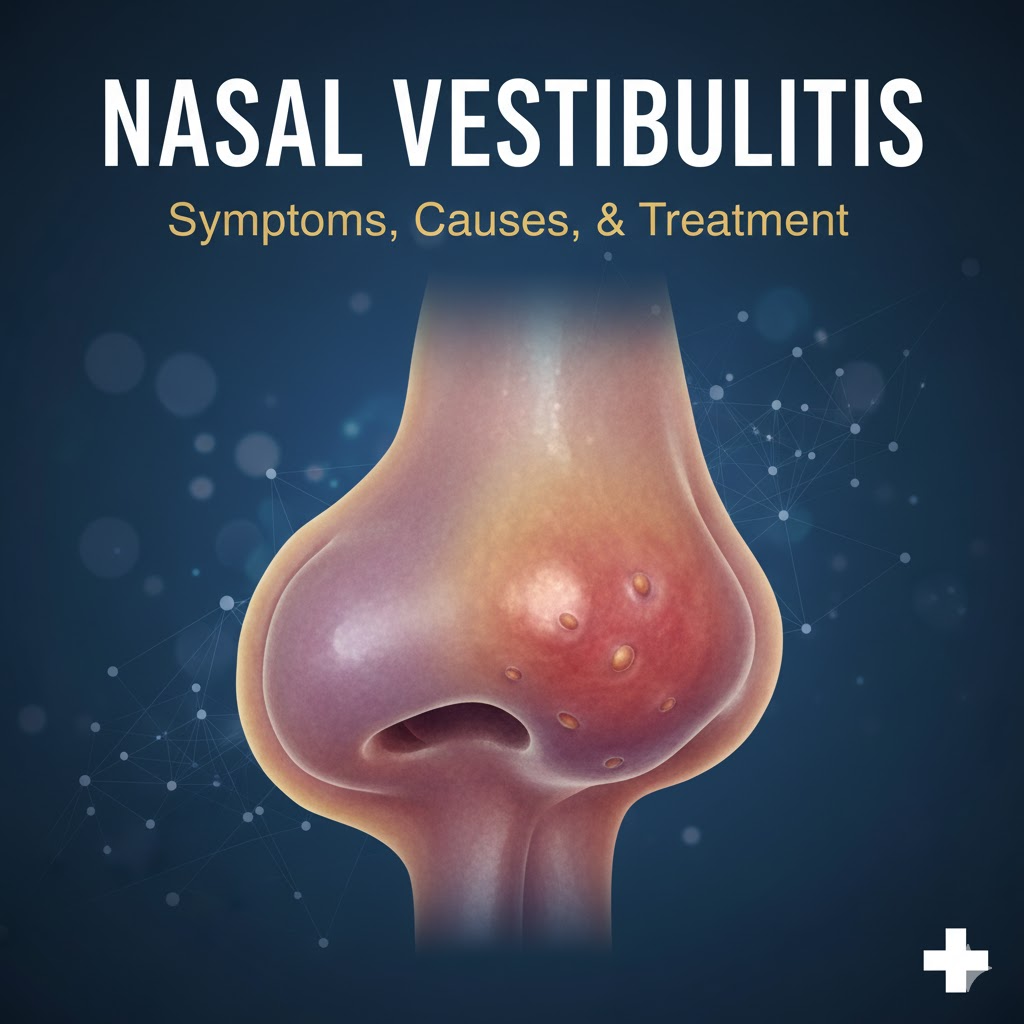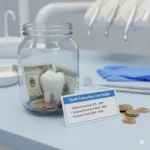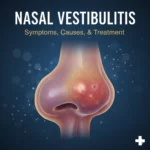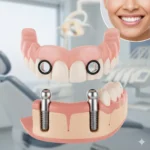What Is Nasal Vestibulitis?
Nasal vestibulitis is simpl an infection inside your nostrils. It hits the nasal vestibule, which is the area inside your nose. This problem usually starts when the tiny hair roots (follicles) get infected. This causes swelling and pain.
The most common cause is a bacteria called Staphylococcus aureus. This germ natural lives on your skin and in your nose and usually doesn’t cause trouble. If the skin inside your nose gets a tiny cut, the bacteria can sneak in and start the infection.
Common Causes
1. Bacterial Infections (The Main Reason)
The top reason for nasal vestibulitis is the Staphylococcus aureus bacteria. This germ gets into the nose lining through small cuts or injuries. Focusing on Actions Avoid habits like picking, plucking, or forcefull blowing your nose. These actions let bacteria enter and cause infection
2. Bad Habits and Irritation
Picking or plucking hurts the nose skin, letting germs inside to start an infection. It’s best to stop these habits to keep your nose healthy. Instead of plucking, trim your nose hairs with clean scissors to avoid hurting the skin.
3. Other Health Issues
Some health problems make people more likely to get nasal vestibulitis. If you have diabetes, your immune system is weaker, making it easier to catch infections. People with any type of weak immune system are at a higher risk.
4. Outside Factors
Dry air, pollution, or wearing a mask all the time can irritate the nose. This irritation creates a good place for bacteria to grow. If your job exposes you to these things, take steps to protect your nasal health.
How to Spot Nasal Vestibulitis
Early Warning Signs
-
Your nostrils look red and swollen inside or around the edges.
-
You feel small, painful bumps or pimples at the bottom of the nose hairs.
-
The area is itchy or tender to touch.
-
You notice crusting or scabbing around your nostrils.
Worse Symptoms
-
The pain gets worse when you touch or move your nose.
-
There may be some pus or minor bleeding.
-
Large, painful pus-filled lumps, called boils or abscesses, form inside the nostrils.
When to Worry
If left untreated, this infection can rarely lead to serious problems like cellulitis. Cellulitis is a spreading skin infection. If you have cellulitis, watch for a fever, or redness and swelling that spreads to your cheeks and eyes.
Getting a Diagnosis
Doctor’s Check-up
A doctor can usually tell you have nasal vestibulitis by looking inside your nose. They check for the usual signs like redness, swelling, and pimples.
Swab Test
Sometimes, a doctor will take a swab (sample) of the infected area. This helps them find out exactly which bacteria is causing the problem. It’s very important to check for strong, difficult bacteria like MRSA that are hard to treat.
Scans (Rarely Needed)
If the infection is very bad or a complication is suspect, the doctor might order a scan, like an MRI or CT scan. This helps them see how far the infection has spread.
Effective Treatments
1. Antibiotic Creams
For mild cases, doctors often prescribe antibiotic creams like mupirocin (Bactroban). You put these medications direct on the infected spot to kill the bacteria. Make sure you use the cream for as long as the doctor tells you.
2. Antibiotic Pills
If the infection is worse or has spread, you may need to take antibiotic pills. These work throughout your body to fight the infection. It is very important to take all the pills to full clear the infection and stop it from coming back.
3. Soothing Home Care
-
Warm Compresses: Place a warm, wet cloth on the area a few times a day to ease pain and help healing.
-
Saline Rinses: Use a salt-water solution to keep your nose moist and wash away things that bother it.
-
Leave It Alone: Do not pick at or squeeze the infected area! This will make the infection worse and could cause scars.
4. Surgery (For Abscesses)
This simple procedure removes the pus and relieves the painful pressure.
Possible Complications
If you don’t get timely treatment, the infection can cause:
-
Cellulitis: A bacterial skin infection that can spread to your face.
-
Abscess Formation: Large pockets of pus that may need draining.
-
Cavernous Sinus Thrombosis: A very rare, but dangerous, blood clot at the base of the brain. Look out for fever, bad headaches, and changes in vision.
How to Prevent Nasal Vestibulitis
Practice Good Nose Care
-
Stop Nose Picking: Never pick your nose, as it introduces germs.
-
Trim Safe: Use clean scissors to trim nose hairs instead of plucking them out.
-
Use Saline Sprays: Regular use helps keep your nose moist and reduces irritation.
Boost Your Immunity
A healthy lifestyle strengthens your immune system.
-
Eat healthy foods (fruits, veggies, whole grains).
-
Exercise regular.
-
Get enough sleep.
Clean Habits
-
Use clean tools when grooming your nose.
-
Stay away from things that irritate your nose, like smoke and strong chemicals.
When to Seek Help Right Away
Go to a doctor immediately if you have any of these serious symptoms:Nasal vestibulitis
-
If the redness or swelling is spreading, especially toward your eyes or cheeks, get help.
-
High Fever: A high temperature that doesn’t go down.
-
Vision Changes: Trouble seeing, like blurred or double vision.











